Leopard geckos have become one of the most popular reptile pets due to their manageable size, docile nature, and relatively straightforward care requirements. However, choosing the right substrate—the material that lines the bottom of your gecko’s enclosure—can be surprisingly complex. The substrate you select impacts everything from your pet’s health and behavior to the enclosure’s humidity, cleanliness, and aesthetic appeal. This comprehensive guide will explore all aspects of leopard gecko substrates, helping you make an informed decision for your scaly companion. Whether you’re a first-time owner or looking to upgrade your current setup, understanding substrate options is crucial for creating a thriving habitat for your leopard gecko.
Understanding Why Substrate Matters

Substrate serves multiple crucial functions in a leopard gecko’s habitat. First, it provides a comfortable surface for your gecko to walk on, affecting how naturally they can move and behave. Second, substrate influences humidity levels within the enclosure—some materials retain moisture, while others promote dryness, which is essential as leopard geckos naturally inhabit arid environments. Third, the right substrate can facilitate natural behaviors like digging and burrowing, which enriches your gecko’s life and promotes physical activity. Finally, your choice of substrate directly impacts maintenance requirements and can affect the spread of bacteria and parasites in the enclosure. Making a poor substrate choice can lead to serious health issues such as impaction (intestinal blockage), respiratory problems, or bacterial infections.
Natural Habitat Considerations

Leopard geckos originate from the rocky, arid regions spanning from Afghanistan through Pakistan and into northwestern India. Their natural habitat consists primarily of hard-packed dirt, rocks, and sparse vegetation—not the loose sand many might expect. In the wild, these reptiles navigate terrain that’s firm underfoot, with occasional areas where they can dig into looser soil for temperature regulation or shelter. Understanding this natural environment is crucial when recreating a habitat in captivity. The natural substrate leopard geckos evolved with influences their behavior, physical health, and stress levels. By mimicking aspects of their natural substrate, you can create an environment that allows your gecko to express natural behaviors while minimizing health risks such as impaction from ingesting loose particles.
Paper-Based Substrates: The Beginner’s Choice

Paper towels, newspaper, and reptile carpet are often recommended for new leopard gecko owners due to their simplicity and safety. These substrates are virtually impaction-proof as they cannot be ingested, making them ideal for juvenile geckos or during quarantine periods. Paper-based options are also extremely budget-friendly, with paper towels and newspaper being the most economical substrate choices available. Maintenance is straightforward—soiled areas can be quickly spotted and replaced without disturbing the entire habitat. The main drawback is their unnatural appearance and lack of enrichment opportunities for your gecko to dig or burrow. Despite these limitations, paper-based substrates remain one of the safest options for leopard geckos of all ages, particularly for owners concerned about impaction risks.
Tile and Slate: Durable and Hygienic Options
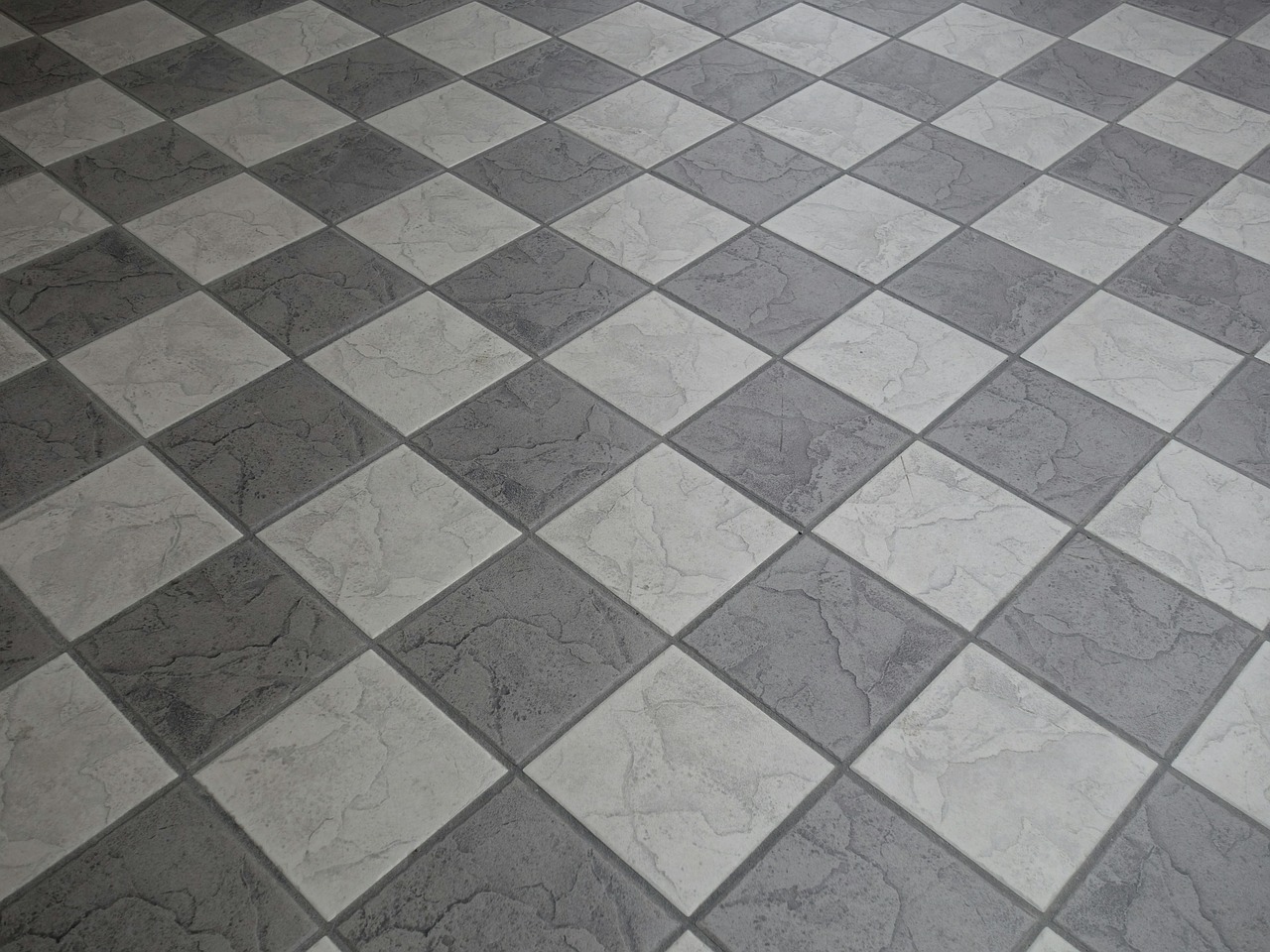
Ceramic tile and slate offer exceptionally durable, easy-to-clean solutions that closely mimic the firm ground of a leopard gecko’s natural environment. These hard substrates provide the perfect surface for nail wear, helping your gecko maintain healthy claws without manual trimming. Heat transfer is another significant benefit—tile and slate efficiently conduct heat from under-tank heaters, creating an effective thermal gradient. From a hygiene perspective, these non-porous surfaces can be thoroughly disinfected, significantly reducing bacteria and parasite concerns. While tile and slate lack burrowing opportunities, this can be addressed by creating dedicated digging boxes filled with appropriate loose substrate in one section of the enclosure. Though initially more expensive than disposable options, their durability makes them cost-effective long-term solutions.
Pre-Made Reptile Substrates: Convenience vs. Cost
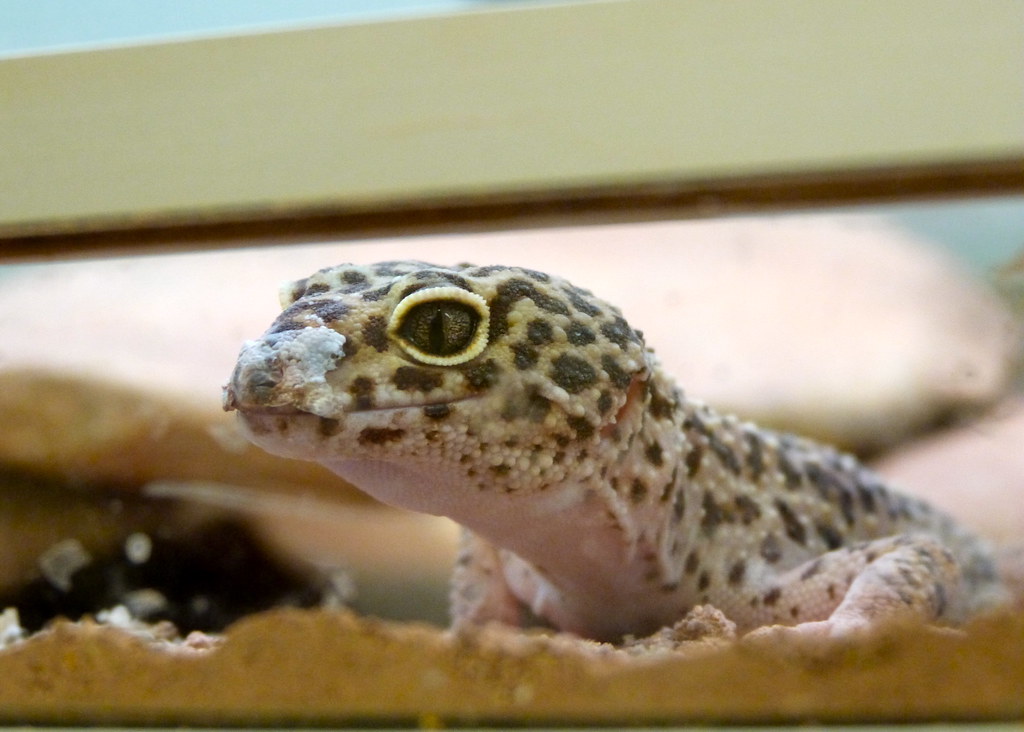
Commercial reptile substrates like Zoo Med’s Reptisand or Exo Terra’s Desert Sand offer convenience and aesthetic appeal designed specifically for reptile habitats. These products often undergo processing to remove dust and harmful particles, making them cleaner than raw materials sourced from hardware stores. Many commercially available reptile substrates are also heat-treated to kill potential parasites and pathogens, providing an additional safety measure. However, these conveniences come at a premium price—commercial substrates typically cost significantly more than DIY alternatives. Despite manufacturer claims of digestibility, caution is still warranted with any loose substrate due to impaction risks. When selecting commercial options, look for calcium-based sands (if using sand at all) rather than silica-based products, which pose greater health risks if accidentally ingested.
Bioactive Substrates: Creating Living Ecosystems
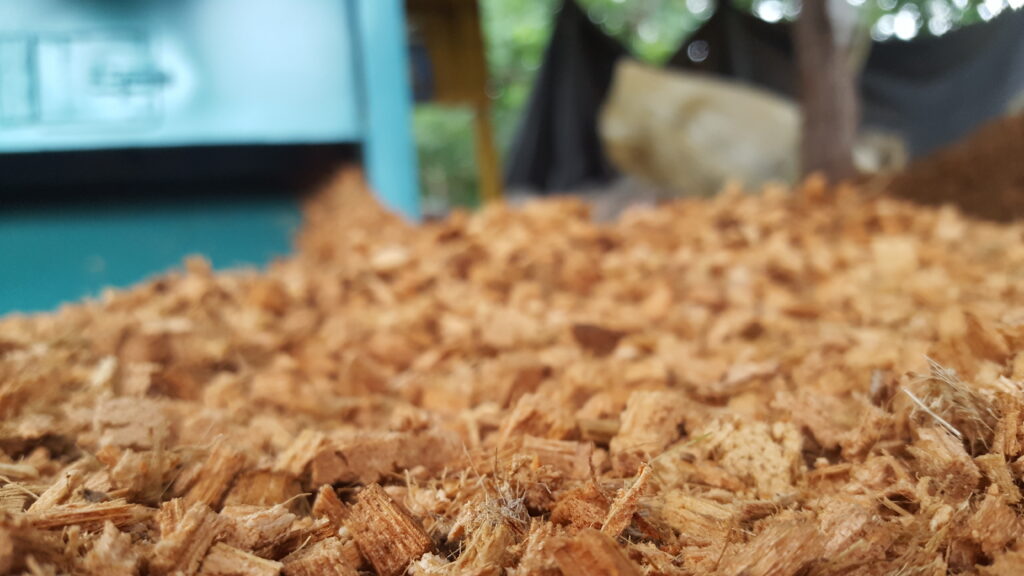
Bioactive setups represent the most advanced approach to leopard gecko substrates, mimicking natural processes through a carefully balanced ecosystem. These systems typically consist of a mixture of organic components like topsoil, play sand, coconut fiber, and leaf litter, combined with a drainage layer and populated with beneficial microorganisms and cleanup crews like isopods and springtails. The primary advantage of bioactive substrates is their self-sustaining nature—the cleanup crew consumes waste materials and breaks them down into nutrients that enrich the substrate. This creates a naturally sanitizing environment that rarely needs complete replacement. Bioactive setups also provide the most natural environment for your gecko, allowing for behaviors like digging, foraging, and exploring various textures. While requiring more initial research, setup time, and investment, bioactive substrates often prove cost-effective over time while offering unparalleled enrichment for your pet.
The Controversial Sand Debate
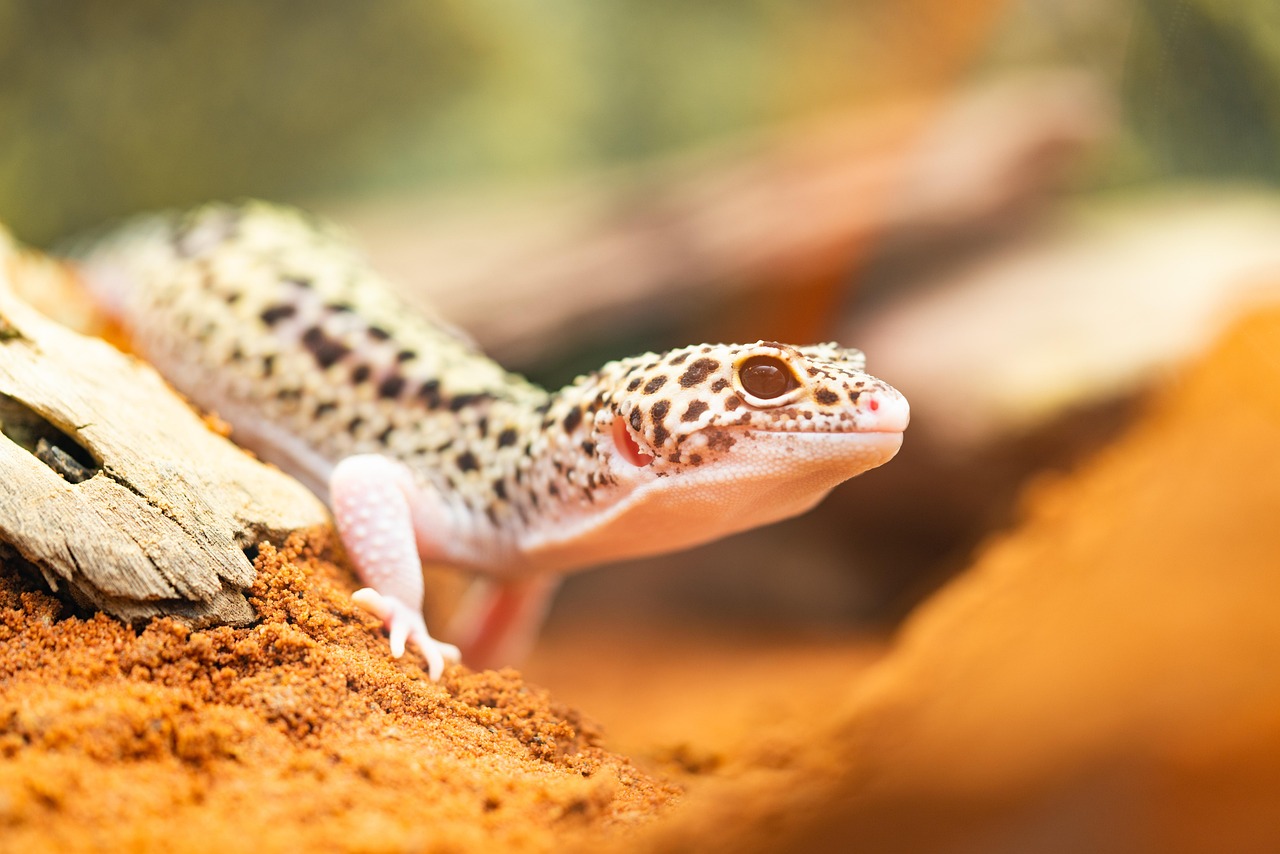
Few topics generate as much disagreement in the leopard gecko community as the use of sand substrates. Traditional desert or play sand has been strongly associated with impaction cases when leopard geckos accidentally ingest it while hunting or exploring. This risk is particularly high for juvenile geckos or those with compromised health. However, some experienced keepers successfully use calcium-based sands or sand mixtures, arguing that healthy adult leopard geckos in proper setups rarely experience impaction issues. The middle ground approach involves sand mixes that compact more firmly than loose sand alone—typically combining play sand with organic topsoil in ratios ranging from 50/50 to 70/30. If considering any sand-containing substrate, it’s essential to monitor your gecko closely for signs of impaction such as constipation, loss of appetite, or lethargy, and to always feed in a separate container to minimize accidental ingestion.
Excavator Clay: The Sculptable Solution
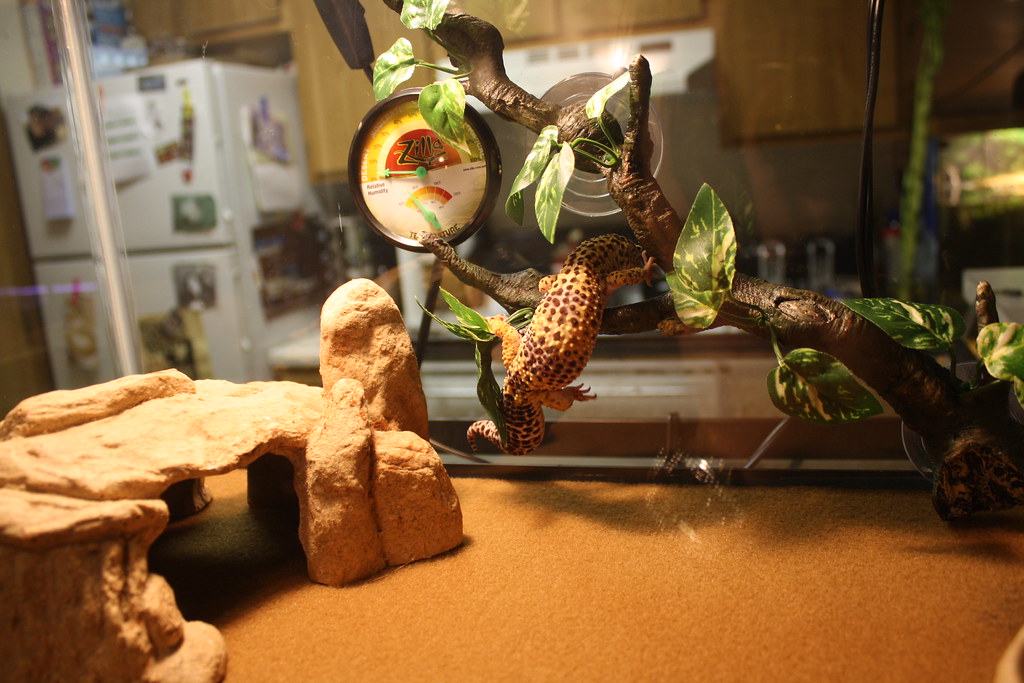
Zoo Med’s Excavator Clay substrate offers a unique option that hardens when dry, allowing owners to create natural-looking, three-dimensional landscapes including burrows, hills, and caves. This clay-based substrate can be molded when moist and becomes firm when dry, providing structural integrity while eliminating loose particle concerns. The textured nature of excavator clay promotes healthy nail wear and provides excellent grip for leopard geckos as they move throughout their habitat. Once set up, excavator clay is extremely durable and rarely needs complete replacement, making it cost-effective despite its higher initial investment. Its ability to maintain form means you can create permanent hide spots and temperature gradients that remain stable over time. For creative reptile keepers who want to design naturalistic enclosures without loose substrate risks, excavator clay represents an excellent compromise between safety and enrichment.
Avoiding Dangerous Substrate Materials

Several substrate materials marketed for reptiles pose serious health risks to leopard geckos and should be avoided entirely. Cedar and pine shavings contain aromatic oils that can cause severe respiratory damage and liver toxicity in reptiles. Walnut shell substrates, while attractive and marketed as digestible, have extremely sharp edges that can cause internal lacerations if ingested and harbor bacteria in their porous surface. Calcium sand, despite being marketed as digestible, often encourages leopard geckos to consume it deliberately due to the calcium content, potentially leading to dangerous impaction. Even seemingly harmless substrates like coconut fiber (coir) can cause issues when used alone, as they may be too dusty when dry or too humid when moist for desert-dwelling leopard geckos. Always research thoroughly before introducing new substrate materials, regardless of how they’re marketed in pet stores.
Substrate Depth Guidelines

The appropriate substrate depth varies significantly depending on your chosen material and your gecko’s needs. For non-diggable substrates like paper towels, reptile carpet, or tile, a single layer is sufficient—approximately 1/8 to 1/4 inch is all that’s needed to cover the enclosure floor. Loose substrates intended for digging should be provided at greater depths, typically 2-4 inches, to allow your leopard gecko to engage in natural burrowing behaviors. In bioactive setups, even greater depth is beneficial—a minimum of 4-6 inches accommodates both the drainage layer and substantial substrate for plant roots and cleanup crew organisms. When using molded substrates like excavator clay, depth varies according to your landscape design, with thicker areas (3-4 inches) where you want to create features like burrows or hills, and thinner coverage (1-2 inches) in flatter areas. Always ensure that substrate depth doesn’t interfere with the critical temperature gradient in your enclosure.
Substrate Maintenance and Replacement
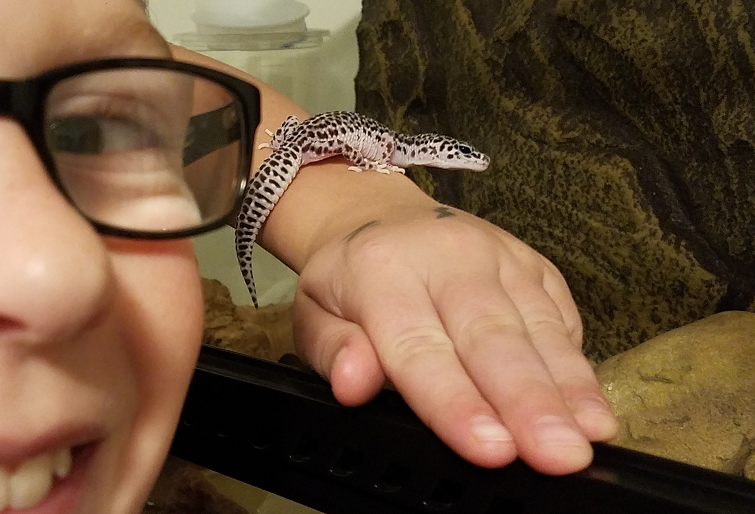
Proper maintenance of your leopard gecko’s substrate is essential for preventing bacterial growth and ensuring a healthy habitat. Spot cleaning—removing visible waste and soiled substrate—should be performed daily regardless of substrate type to prevent ammonia buildup and bacterial proliferation. Complete substrate replacement schedules vary dramatically by material: paper-based substrates require weekly changes, while solid surfaces like tile need thorough disinfection every 1-2 months. Loose substrates generally require partial replacement every 3-4 months, with total replacement every 6-12 months depending on enclosure size and gecko activity. Bioactive substrates are unique in rarely needing complete replacement—they typically require only occasional top-offs with fresh material unless the ecosystem becomes unbalanced. When replacing substrate, take the opportunity to thoroughly disinfect the entire enclosure using reptile-safe cleaners, avoiding products containing phenols or pine oils which can be toxic to your gecko.
Combining Substrates for Optimal Results

Many experienced leopard gecko keepers find that combining different substrate types creates the most functional and enriching environment. A popular approach involves using a safe, solid substrate like tile or reptile carpet as the primary floor covering, then adding a designated “dig box” filled with a loose substrate in one area of the enclosure. This method provides the safety of impaction-proof materials across most of the habitat while still offering enrichment opportunities for natural digging behaviors. Another effective combination involves using different substrates in different temperature zones—moisture-retaining substrates in the humid hide, heat-conducting materials in the warm zone, and insulating options in the cool retreat area. Some keepers create naturalistic landscapes using excavator clay for the base terrain, then add areas of loose substrate in strategic locations for behavioral enrichment. These combination approaches allow you to maximize the benefits of various materials while minimizing their individual drawbacks.
Making the Final Substrate Decision
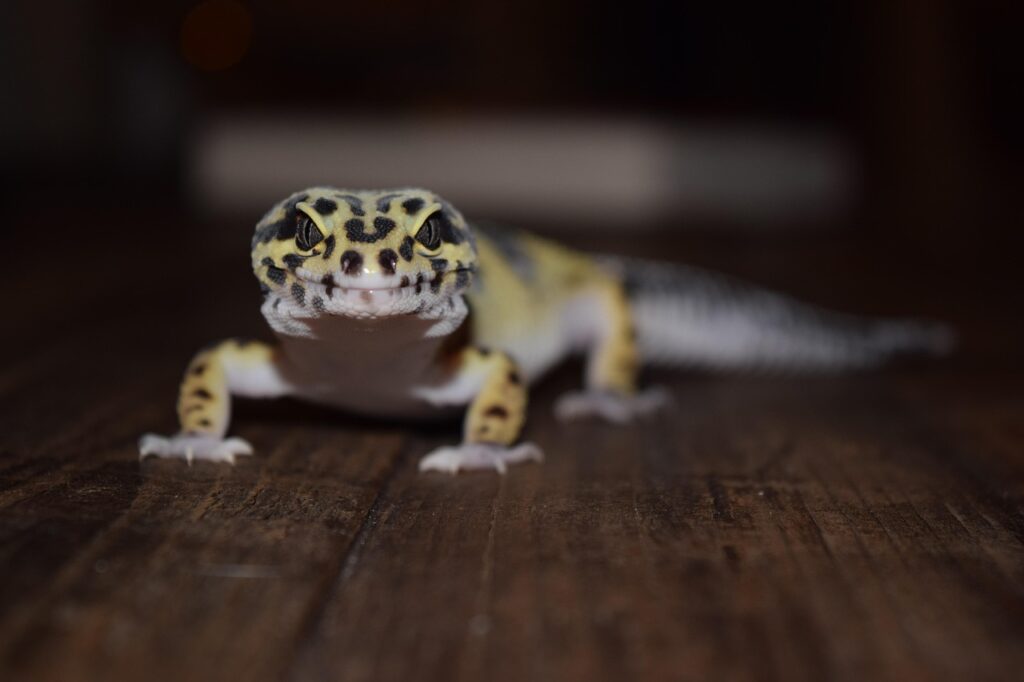
Selecting the ideal substrate ultimately depends on weighing several factors specific to your situation. Consider your gecko’s age—juveniles are more prone to impaction, making solid substrates safest until they reach 6-8 months of age. Your experience level also matters—beginners might start with simpler options like paper towels or tile before graduating to more complex setups like bioactive systems. Budget constraints will influence choices between economical options like paper products versus investment pieces like custom-cut slate tiles. Consider your aesthetic preferences and how much time you can dedicate to maintenance—naturalistic setups look beautiful but require more planning and upkeep than utilitarian options. Most importantly, observe your individual gecko’s behavior with different substrates—some geckos show strong preferences for certain textures or digging opportunities. The ideal substrate is ultimately one that keeps your particular gecko healthy, allows natural behaviors, meets your maintenance capabilities, and creates a visually pleasing habitat for both you and your reptilian companion.
Selecting the right substrate for your leopard gecko involves balancing safety, naturalistic elements, maintenance requirements, and enrichment opportunities. While no single substrate is perfect, understanding the strengths and limitations of each option allows you to make an informed choice that suits both your gecko’s needs and your own practical considerations. Whether you opt for the simplicity of paper products, the durability of tile, the creativity of excavator clay, or the ecological complexity of a bioactive setup, regular maintenance and observation of your gecko’s behavior remain key to success. By prioritizing your gecko’s health and natural behaviors, you’ll create a habitat where your leopard gecko can thrive for years to come.




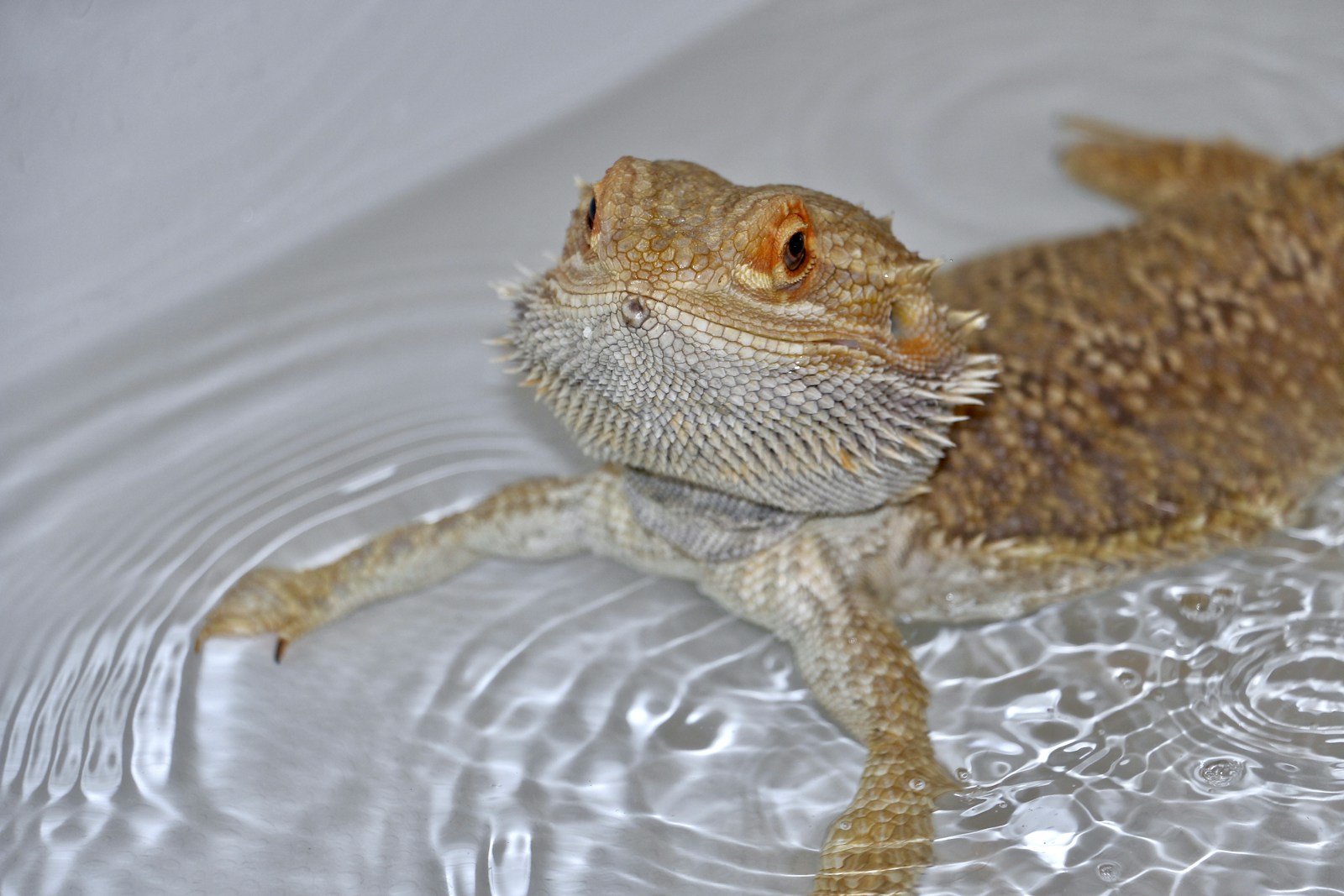
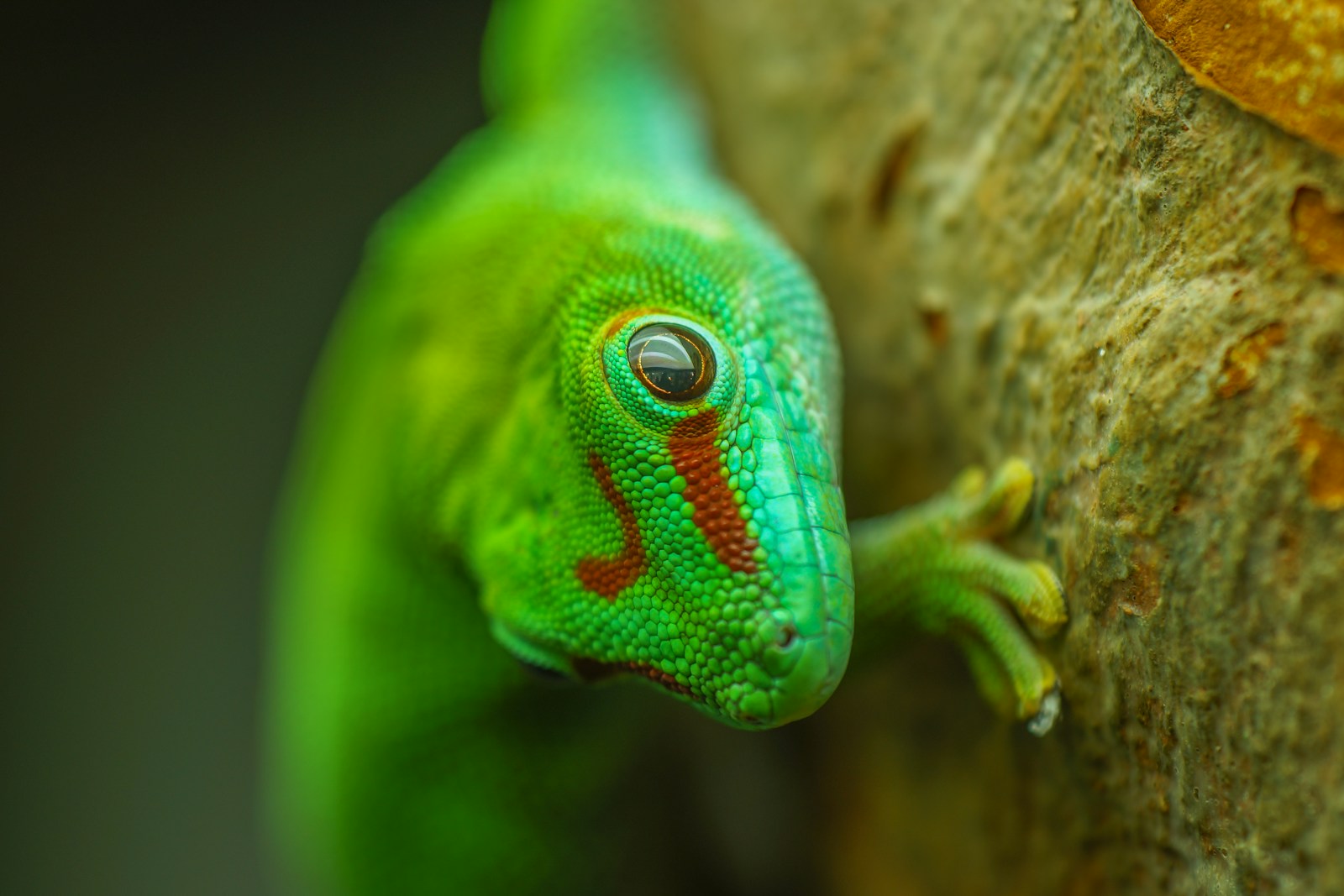
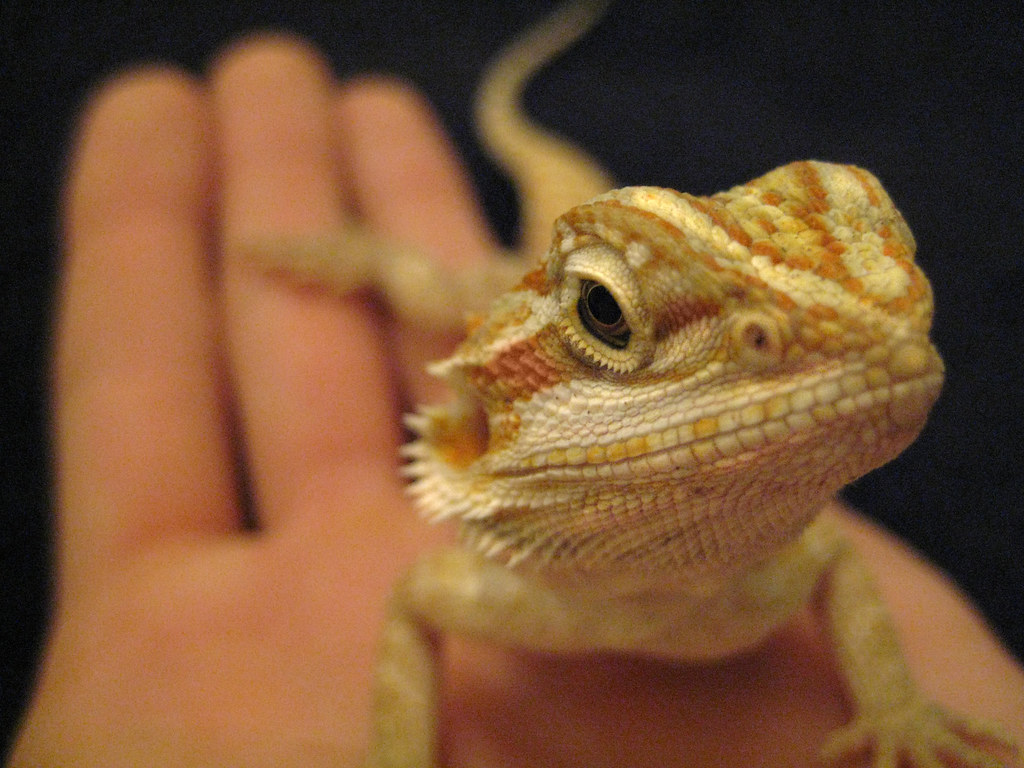
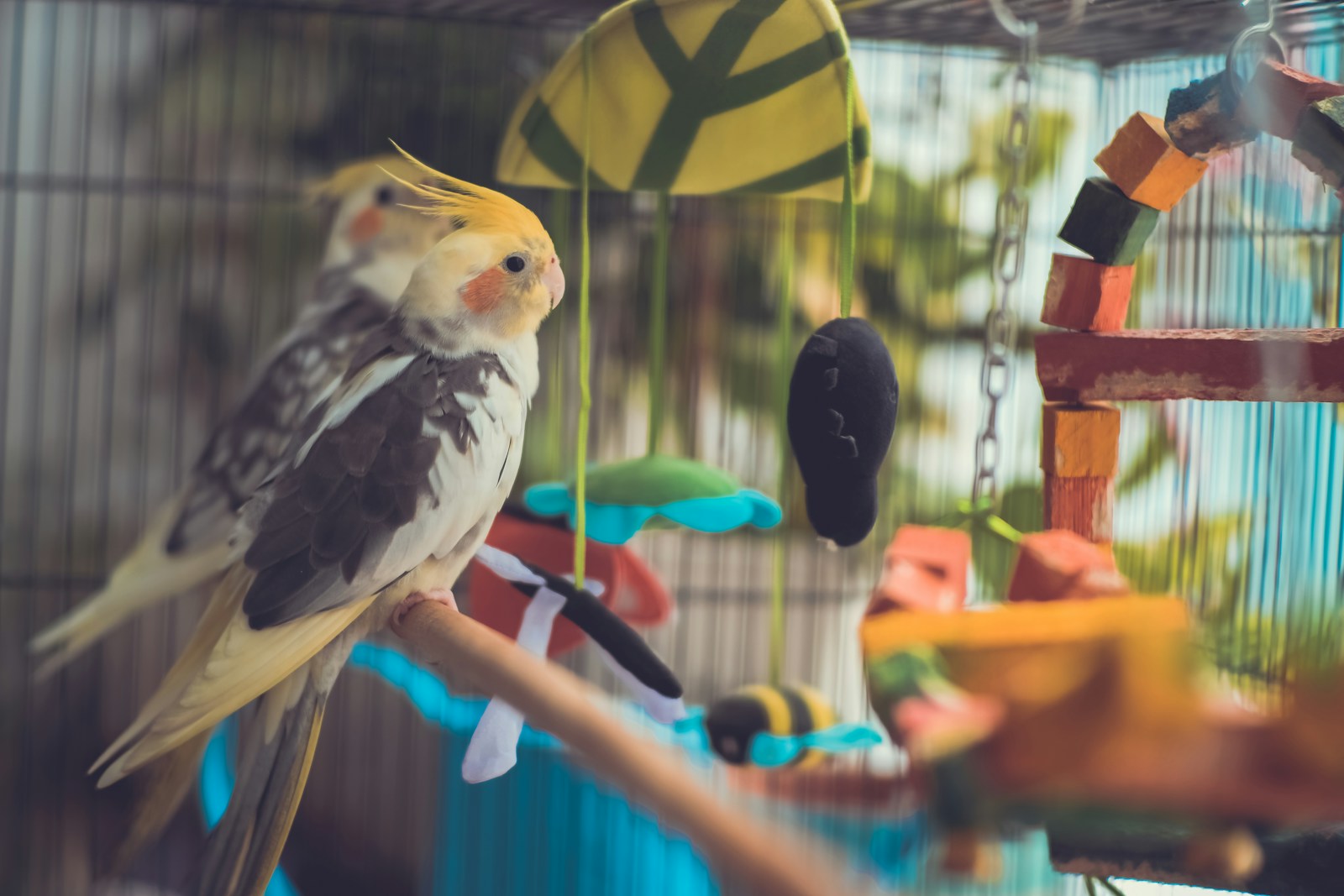

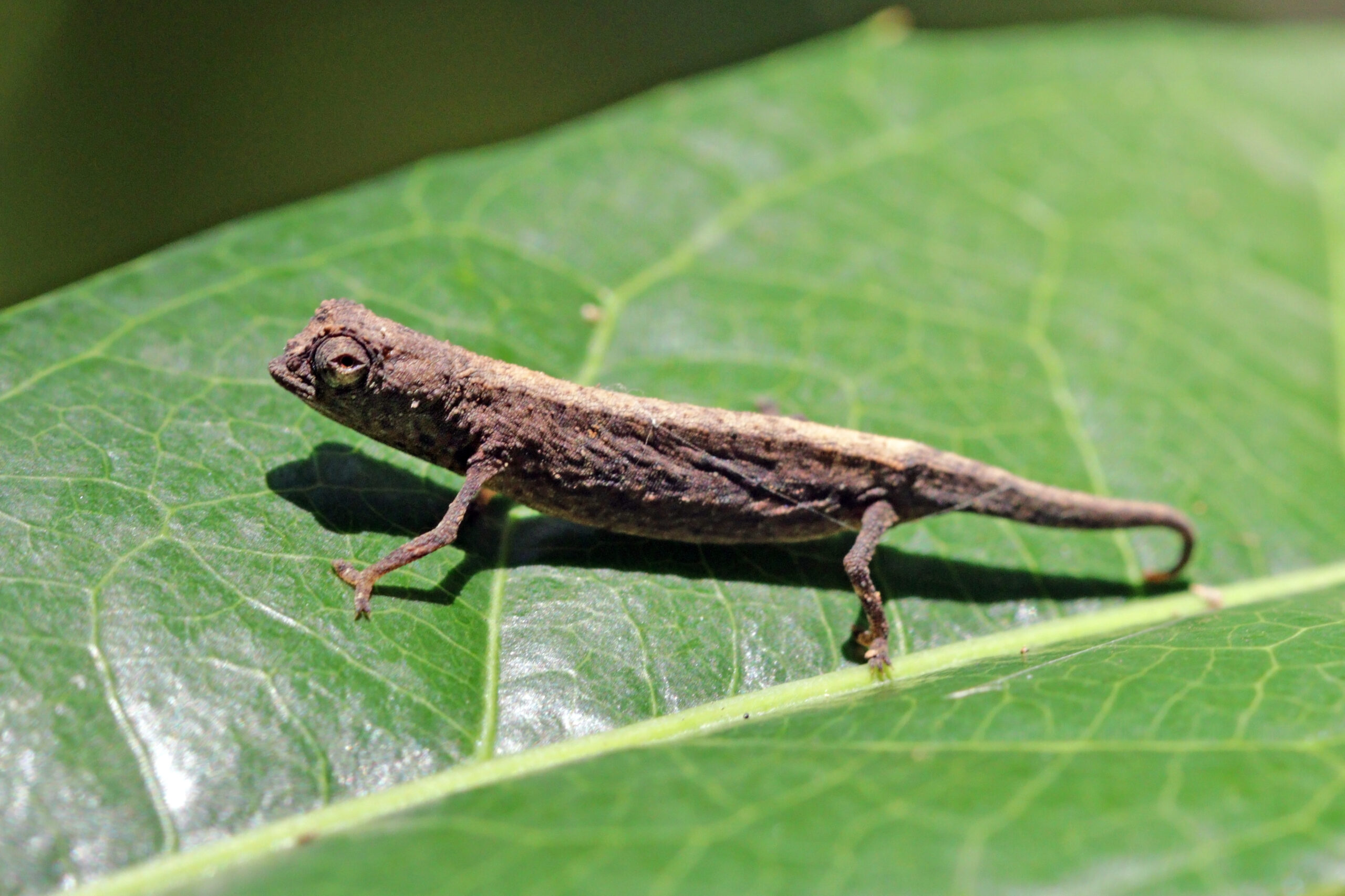





Leave a Reply